Cushions could be
used in many different places and show different functions. The main function
of it is to keep warm and decorate your room. You could put them on your sofa,
bed, or car or any other places you want. They will make your room looking very
modern and comfortable, and as one happy place to be with your families.
Besides of these
characters, the special feature of our Cushion is the various materials for the
surface, such as cloth, and different shaggy yarns and so on. The length of the
yarns could be short or long. These surfaces could give you totally different
feelings and well show your personality. And all of them are washable.
Many fashion
colors and designs are available. You could choose your favorite to match your
furniture perfectly. Believe they will be one highlight in your room.
Cushion Polyester Cushion,Soft Plush Cushion,Long Pile Car Seat Cushion,Soft Long Pile Cushion SHIJIAZHUANG SUNRISE CARPET CO., LTD. , https://www.sunrise-carpet.com
Last year, clothing prices rose too much. On the face of it, in 2011 China's garment industry was still flourishing. According to the statistics of consumer goods market released by the China Business Federation and the All China Business Information Center, China’s apparel sales continued to be faster in 2011. The growth rate of retail sales of apparel commodities above designated size for wholesale and retail enterprises and national key large retail enterprises was all above 20%.
However, this increase was achieved when the apparel unit price rose sharply. It should be said that the rapid rise in the unit price of clothing is an important factor in the rapid growth of apparel sales in 2011. Statistics from the China National Business Information Center show that from January to October 2011, the national average sales price of large-scale retail and commercial clothing increased by 17.07% year-on-year. In 2011, the unit price growth of clothing contributed 79.9% to the growth of apparel retail sales. In other words, nearly 80% of the increase in apparel retail sales in 2011 was due to the increase in unit price. According to the data released by the National Bureau of Statistics, in November 2011, the consumer price of clothing was up 3.5% year-on-year, and the ex-factory price of garments was also a record high. From January to November, the ex-factory price of clothing-related consumer goods rose by 4.3% year-on-year, which was higher than at the end of 2010. 5.3 percentage points. According to the statistical data on the sales price and quantity of 3,000 key retail enterprises released by the Ministry of Commerce, it can be seen that the price increase and sales volume growth curve are basically synchronized before 2011, but they entered 2011, especially after June 2011. , The price increase and sales volume curve deviated, the price rose, and the growth in sales oscillated downward. Consumers with pessimistic income expectations, faced with high-priced clothing, began to be cautious of consumption.
Frequent discounts exacerbate the sales dilemma As apparel unit prices continue to rise, production companies unanimously attribute the price increase to raw material prices. Now that the price of raw materials has fallen, does the price of clothing also fall? The answer is negative. The rapid increase in apparel prices, especially the accelerated growth in the price of branded apparel, has increased the pressure on apparel sales. This pressure has caused Chinese apparel sales volume to show a clear downward trend after entering 2012.
According to data released by the National Bureau of Statistics, the retail sales of clothing, shoes, hats, and needle textiles in 2011 were 795.5 billion yuan, a year-on-year increase of 24.2%. Since 2012, the sales growth of apparel products has shown signs of slowing down from previous years. From January to February, sales growth was 12.8%, in March, 14.6%, and in April, 15.6%. The growth rate will also hardly make a big improvement in the second half of the year.
According to the China National Business Information Center's survey of the country's 100 key large-scale retail enterprises, from January to February 2012, the retail sales of apparel products of 100 major large-scale retail enterprises nationwide increased by 6.10% year-on-year, an increase from the same period in 2011. The rate dropped by 22.13 percentage points, the lowest level in nearly five years. In February 2012, affected by factors such as the Spring Festival holiday, the retail sales of apparel products decreased by 8.55% year-on-year. From January 2012 to February 2012, the sales volume of apparel products of 100 major large retail enterprises nationwide decreased by 4.23% year-on-year. In contrast, the retail sales of clothing in March increased by 15.19% year-on-year, which was significantly better than the previous two months. The year-on-year growth in sales volume also turned negative, up by 1.02% year-on-year. However, the growth of apparel sales in April showed a drop of 12.16%. In May, the growth rate of apparel sales still did not improve much. In May, the retail sales of apparel products increased by 12.16% year-on-year, and the sales volume increased by 1.34% year-on-year. The growth rate of retail sales and sales volume was not the same as that of the same period of last year and it was the same as the previous 4 months. Compared to the decline.
In order to ease the pressure on inventory, branded apparel brands are heavily discounted to attract consumers. In the past, discounts and promotions were generally concentrated during the holiday season. Promotional products were also mostly backlogs or seasonal clothing. However, since 2012, discount promotions have been no longer limited to over-the-counter products. Even new clothing that has just been put on the market will be sold soon. New product frequent discount promotion caused a vicious cycle of clothing sales: new product price cuts, so that consumers will no longer be eager to buy in the next season after the new clothing market, but will choose to wait and see, waiting for price concessions, resulting in new products are slow-moving, and even new discounts can not sell Case. For apparel companies that are already facing high inventory pressure, this is undoubtedly aggravated, and under heavy sales pressure, the "winter" of the garment industry seems to have arrived earlier. 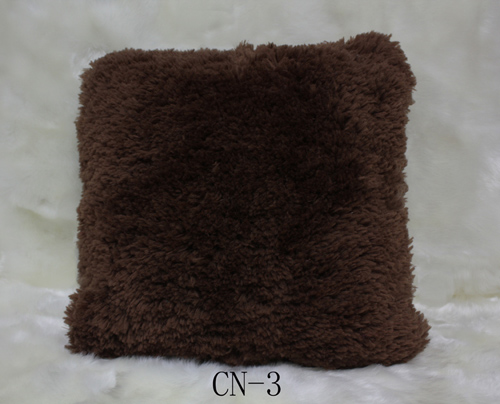
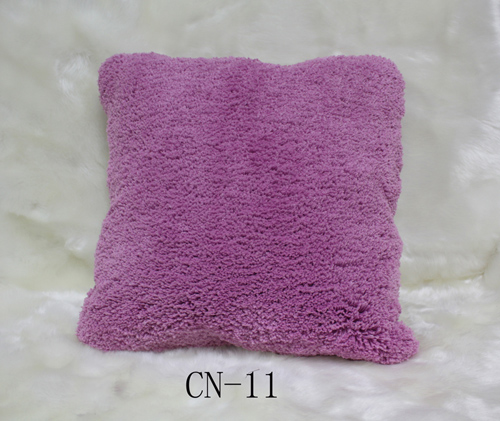
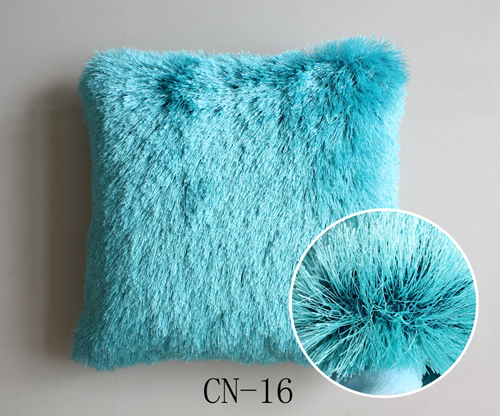

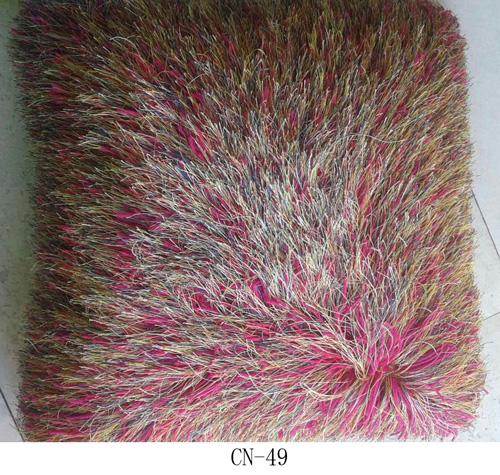
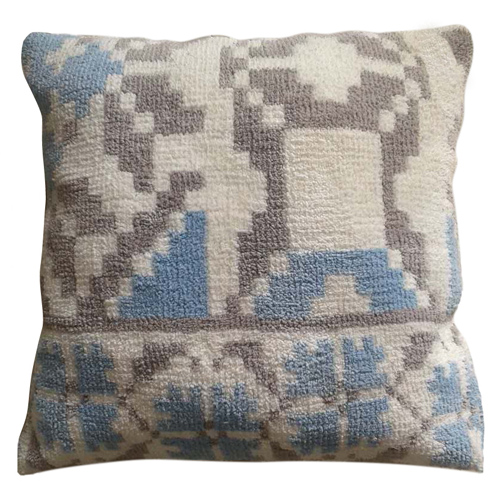
Clothing industry "winter" comes early
After the “May 1st†holiday, the chairman of a certain men’s branded apparel company received phone calls from dozens of store managers, reflecting poor sales performance during “May 1st†holiday season. This is not a special situation encountered by individual brands. Many clothing companies have reported that this year's domestic apparel market has not been hot in the past two years, and it is very common to sell without fixing discounts. It can also be seen from the market status that since 2012, the unit price of garments that seems to remain high has become a nominal price, and most new products will soon be discounted when they enter the market. Nowadays, seasonal clothing that sells at a discount of 50 percent or 30 percent in shopping malls abounds.